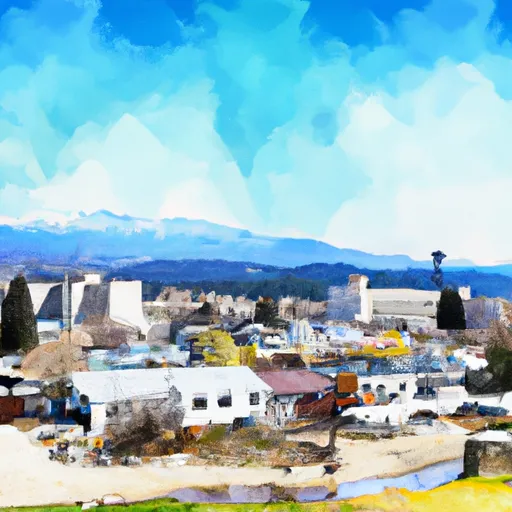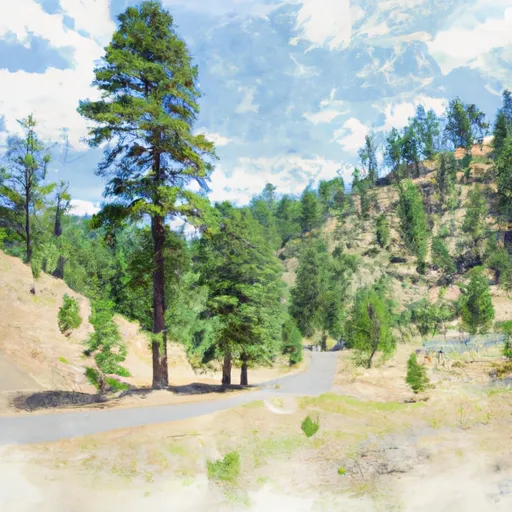°F
°F
mph
Windspeed
%
Humidity











Warren, Idaho is a small community nestled in the Payette National Forest. Known for its stunning natural beauty, Warren offers a charming escape from city life. The climate in Warren is characterized by cold winters and mild summers. Winter temperatures often drop below freezing, providing ample opportunities for snow-based activities such as skiing, snowboarding, and snowshoeing. Summers are pleasant with temperatures ranging from the mid-70s to the low 80s Fahrenheit, making it an ideal time for hiking, fishing, and camping.
Hydrology is an integral part of Warren's landscape, with the nearby Salmon River and other tributaries providing ample opportunities for water-based recreation. Fishing enthusiasts can try their luck with trout, steelhead, and salmon. Rafting and kayaking are popular activities, allowing visitors to experience the thrill of navigating the pristine waters.
Outdoor recreation opportunities in Warren are abundant. The Payette National Forest surrounding the town offers miles of hiking and biking trails, allowing visitors to explore the picturesque landscapes. Wildlife enthusiasts can enjoy bird watching, as well as spotting deer, elk, and other native species in their natural habitat. Overall, Warren, Idaho is a haven for nature lovers seeking a serene and adventure-filled experience in a breathtaking setting.
Weather Forecast
Warren receives approximately 653mm of rain per year, with humidity levels near 68% and air temperatures averaging around 3°C. Warren has a plant hardyness factor of 4, meaning plants and agriculture in this region thrive during a short period during spring and early summer. Most plants will die off during the colder winter months.
Regional Streamflow Levels
1,130
Cubic Feet Per Second
18
Cubic Feet Per Second
4
Cubic Feet Per Second
42
Cubic Feet Per Second
Nearby Camping
| Camping Area | Reservations | Toilets | Showers |
|---|---|---|---|
| Halfway House | |||
| Kennally Creek | |||
| Poverty Flat | |||
| Five Mile | |||
| Orogrande Summit | |||
| Four Mile |



